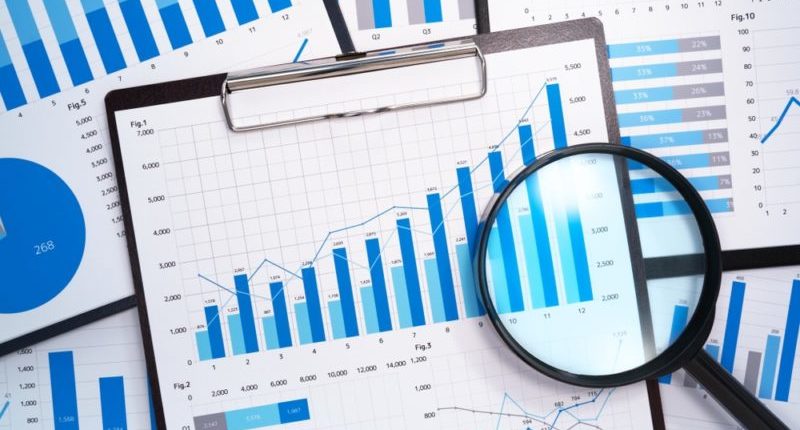The Government Securities (G-Secs) yields stood range-bound for most of July 2023 but ended the month higher, with the 10-Year yield ending at 7.18%, a jump of 6 basis points (bps) on a month-on-month basis.
The movement in yield was pushed by risk-on sentiment as expectations of a soft landing in the US grew stronger along with the rise in US yields and crude oil prices, moderation in demand from the insurance sector, and resilient credit growth, among others.
Similarly, the yield at the short-end witnessed a spike as expectations of a rate cut were pushed to the latter part of Fiscal Year (FY) 2023-24 or early FY25. At the same time, corporate bond spreads moderated marginally compared to June 2023.
Also, the average interbank liquidity surplus jumped in July 2023, primarily driven by a dip in currency in circulation on the back of the deposit of Rs 2,000 banknotes and forex purchases by the Reserve Bank of India (RBI).
Foreign Portfolio Investors (FPIs) bought, this includes voluntary retention route, debt worth US$ 0.2 billion in July 2023. This number for June 2023 stood at US$ 1.1 billion. On a cumulative basis, FPIs have bought debt worth US$ 2.1 billion in April-July of FY24 with respect to being a net seller of US$ 0.9 billion during the same timeframe in 2022.
Although yields have witnessed a rise in the past couple of months, they are still low relative to the beginning of FY24.
In addition, the longer-end yield has rallied more than the shorter-end, thus further flattening the curve.
The Consumer Price Index (CPI), especially the core CPI, has eased considerably from the peak. It will likely ease further in view of decelerating momentum, excluding the temporary impact of vegetable prices, lower input price pressure, and benign global commodity prices.
A generic slowdown in exports – services and goods, the decline in fiscal impulse, and so to maintain pause for an extended period and the bar for restarting the rate hike(s) is high. These factors are positive for the fixed-income markets.
Similarly, the key risks to the outlook are robust credit demand, continued global monetary tightening, and sustained rise in commodity prices, especially oil. The spike in geopolitical tensions, lower Government Securities (G-Secs) demand from the insurance or Provident Fund (PF) sector, and higher supply of State Development Loans (SDLs) in FY 2023-24, among others, could also keep the yields at elevated levels.
Finally, as per experts, yields are likely to trade in a range with a downward bias. While experts continue to recommend investments into short to medium-duration debt funds, investors could consider a higher allocation to longer-duration funds in a staggered manner depending on an investor’s risk appetite.

Rajiv is an independent editorial consultant for the last decade. Prior to this, he worked as a full-time journalist associated with various prominent print media houses. In his spare time, he loves to paint on canvas.





